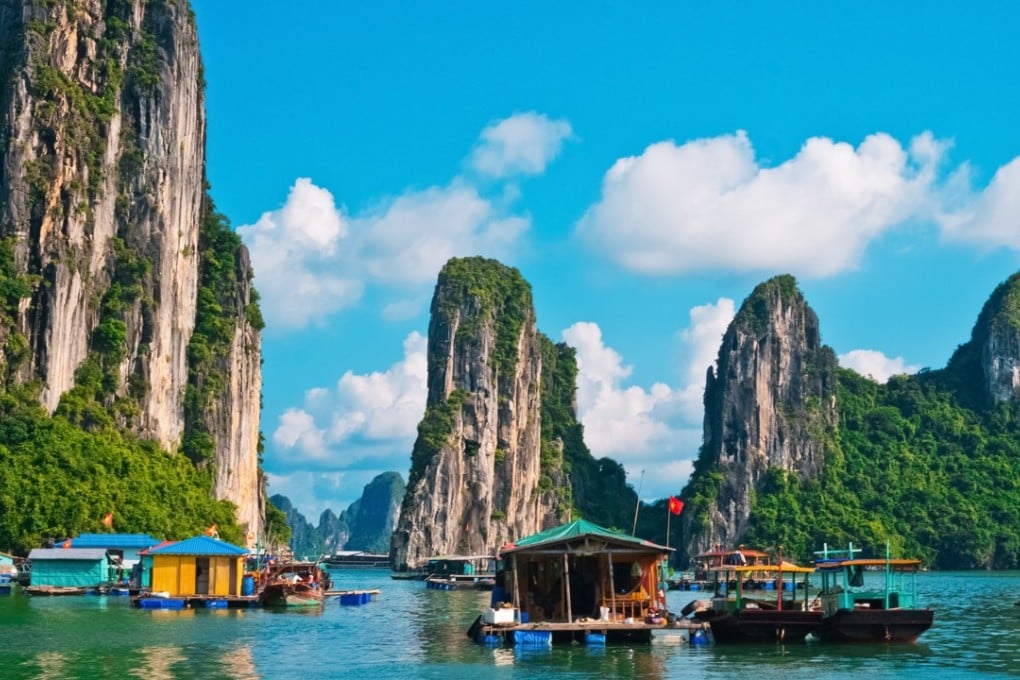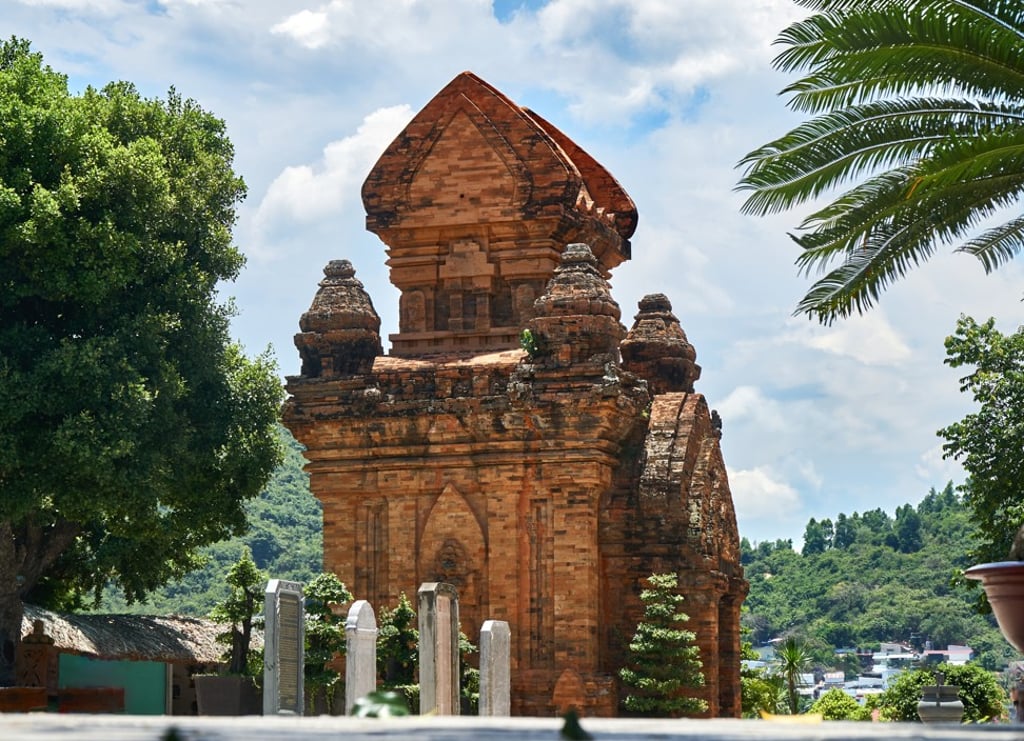Why Vietnam is irresistible as a holiday destination
A few hours by air from Hong Kong, the country has emerged as one of Asia’s most popular tourist destinations, and boasts a wealth of attractions

Back in 1992, the launch of Visit Vietnam Year marked the start of the country’s first concerted drive to attract tourists. A quarter of a century later, Vietnam has been firmly established as a holiday destination, with pulsating cities, beautiful beaches and rolling countryside.
The capital, Hanoi, lies a little over two hours’ flight from Hong Kong, making it one of the city’s most convenient getaways. The classic way to get about the city is by cyclo – a combination of armchair in front and bicycle behind – either hiring one on the street or signing up for an organised tour. The tours take in the main sights such as the Old Quarter – a thriving square kilometre where artisans ply their trade on the pavement as they have done for centuries – Hoan Kiem Lake, the Opera House, Ho Chi Minh’s Mausoleum, and One Pillar Pagoda. Prices start at around HK$80 per hour, and cyclos leave passengers’ hands free to snap the best photo opportunities. Hanoi’s dining scene has taken off in recent years, with gourmet international fare facing off straightforward farm-to-table eateries such as Home in Ba Dinh district, which also runs cooking classes.
Two excursions suggest themselves from Hanoi. Up in the mountains, and reached via an exciting train journey, Sapa is the best of Vietnam’s alpine retreats, and especially popular in the summer. East of Hanoi, the limestone karsts that dot Halong Bay in profusion make it one of Asia’s most stunning offshore locales, and fully deserving of its Unesco World Heritage status. Most visitors opt for a day trip, but an overnight stay aboard one of the many small cruisers – Anh Duong is an 11-cabin cod junk – is really worthwhile, not least for watching the sun set over the bay and then rise the following morning.

Further south, beaches at Nha Trang and Da Nang have become increasingly popular, with resorts popping up along the coast offering five-star sun, sand and sea with a dose of heritage. Hue, which was badly battered during the Vietnam War, is now bustling again, with a wealth of restored historical sites such as the Celestial Lady Buddhist pagoda and the former royal palace.
Away from the coast, exploring Vietnam’s interior on foot or by mountain bike leads to what seems like a different country. Besides experiencing the countryside, trekkers and bikers have a chance to stay in Vietnamese homes, lend a hand with everyday tasks, and try regular local food. An English-speaking guide leads the tours – which can range from a single day to an entire fortnight in length – and entrance fees to national parks are included in the price, which is usually about US$100 per day.
